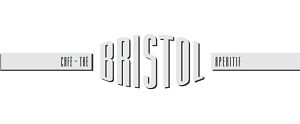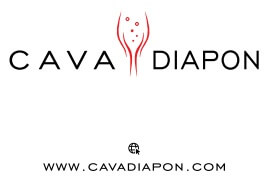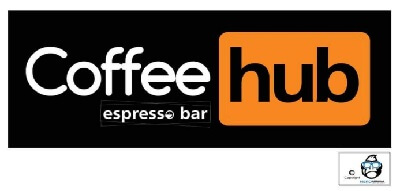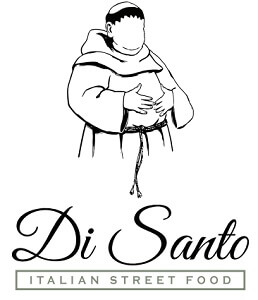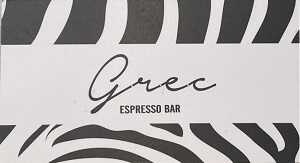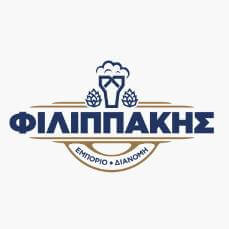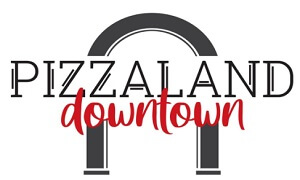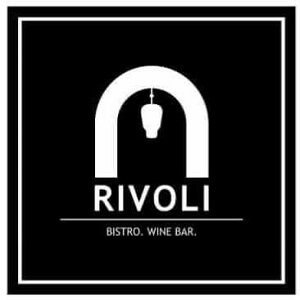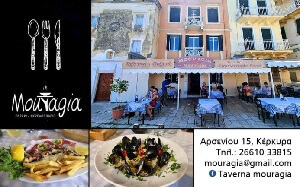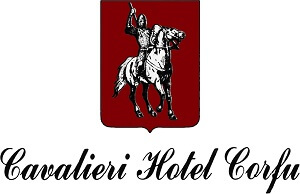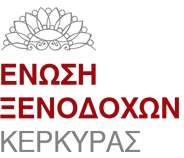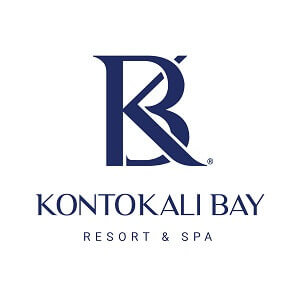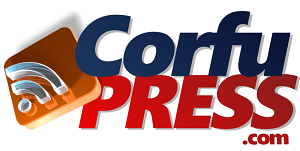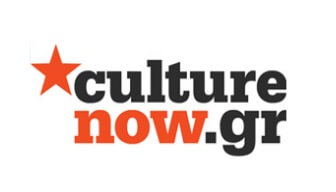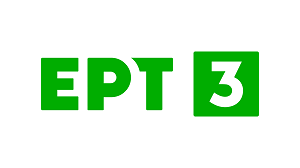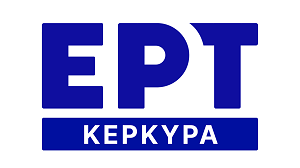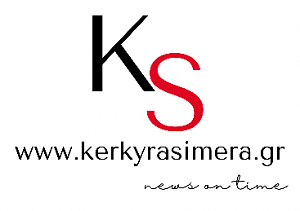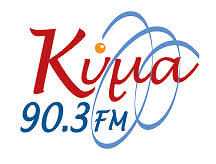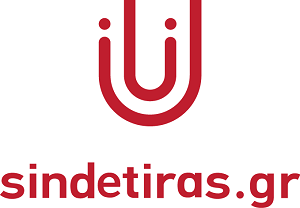Digitization and archival of personal information, such as artefacts, objects of personal value and memoirs, has been gaining ground over the past years. The first reason for this has to do with the abundance of digital, mostly web-based tools, which give users the chance to create collections easily and quickly, hosting them in online services. Omeka (Hardesty, 2014) is a prime example of such a tool, which acts like a Content Management System (CMS), allowing users to concentrate on data modelling (Cole 2002) and description, rather than on the computational and development issues of accessing and presenting the archived information. Besides this, research and good practices on metadata have matured in recent years, providing standardized descriptions for the majority of digital or tangible object types to be preserved (Woodley, 2016). A major aspect of this improvement has been the methodology studied in the context of major Europe-wide projects, such as Europeana (Valtysson, 2012) and Dariah (Constantopoulos et al., 2008); researchers and stakeholders involved in these projects have proposed, used, and tested representations and services which allow for accessing data in diverse, yet isolated archives in a uniform and transparent manner.
In this work, we describe the design methodology and implementation of a publicly available personal archive, using the Omeka tool. This implementation takes advantage of standardized metadata schemata, such as those initiated by the Dublin Core initiative (Weibel et al., 1998), extended to include relevant information on the particular type of objects in this example collection, i.e., teen and young adult literature. A standardized schema has a number of advantages, mainly in terms of interoperability and data aggregation; this allows archival researchers to present the information contained in their archives without the need to build specialized programming interfaces for access and presentation, while content aggregators, such as Europeana, can retrieve information from different archives without the need to adapt their queries along adapting or diverse schemata. In terms of interest as a preservation activity, personal archiving may be important to save one’s memories, which refer mostly to people and occasions associated with a tangible object, which doesn’t have necessarily monetary value. In addition to this, personal archives may be extended with ratings and opinions by other users, resulting in crowdsourced knowledge and beliefs; websites such as Goodreads or IMDB are prime examples of crowdsourced opinions, providing access to non-expert reviews on books and movies, respectively. The fact that these reviews come from non-experts who are not affiliated with publishers or movie studios may be valuable in terms of objectivity. In this paper, we document the theme selection process, followed by the identification of the collection development policy and the relevant and descriptive metadata schemes to be used in the process. Next, we discuss how the Dublin Core scheme was extended and how quality control was enforced to ensure proper presentation and interoperability.
References
Cole, T. (2002). Creating a Framework of Guidance for Building Good Digital Collections. First Monday.
Huvila, I., Greenberg, J., Sköld, O., Thomer, A., Trace, C., & Zhao, X. (2021). Documenting Information Processes and Practices: Paradata, Provenance Metadata, Life‐Cycles and Pipelines. Proceedings of the Association for Information Science and Technology, 58(1), 604-609.
Woodley, M. S. (2016). Metadata Matters: connecting people and information. Revised by Murtha Baca. Introduction to metadata. 3rd. ed. Los Angeles: Getty Publications.
Purkis, H. (2017). Making digital heritage about people’s life stories. International journal of heritage studies, 23(5), 434-444.
Caplan, P. (2003). Metadata fundamentals for all librarians. American Library Association.
Condron, M. (2019). Identifying individual and institutional motivations in personal digital archiving. Preservation, Digital Technology & Culture (PDT&C), 48(1), 28-37.
Maron, D., & Feinberg, M. (2018). What does it mean to adopt a metadata standard? A case study of Omeka and the Dublin Core. Journal of Documentation.
Hardesty, J. L. (2014). Exhibiting library collections online: Omeka in context. New Library World.
Valtysson, B. (2012). EUROPEANA: The digital construction of Europe's collective memory. Information, Communication & Society, 15(2), 151-170.
Constantopoulos, P., Dallas, C., Doorn, P., Gavrilis, D., Gros, A., & Stylianou, G. (2008). Preparing DARIAH. In 14th International Conference on Virtual Systems and Multimedia (pp. 164-166). Archaeolingua.
Weibel, S., Kunze, J., Lagoze, C., & Wolf, M. (1998). Dublin core metadata for resource discovery. Internet Engineering Task Force RFC, 2413(222), 132.
Back
SPONSORS
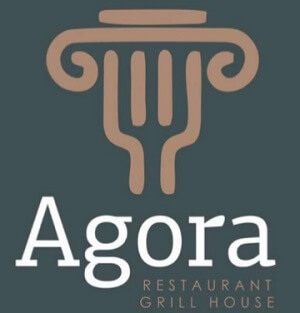 Agora Restaurant Grill House
Agora Restaurant Grill House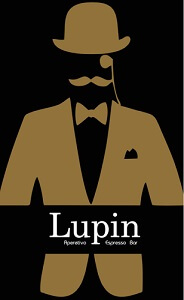 Lupin Aperitivo Espresso Bar
Lupin Aperitivo Espresso Bar

